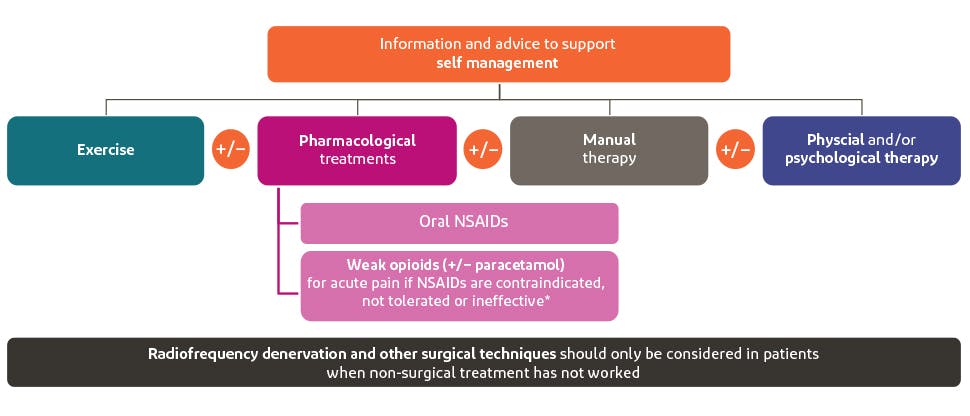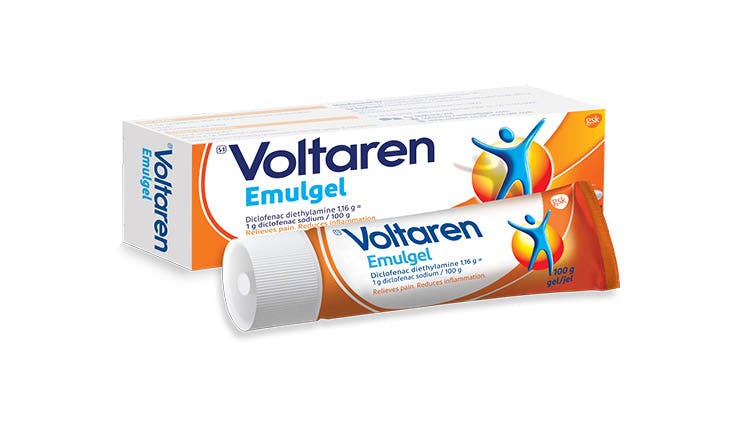Back pain: Management

Managing back pain
Back pain frequently resolves within a few weeks or months.1,2
However, sometimes the pain can persist over the long term, or keep recurring.1
Here we review physiotherapeutic and pharmacological treatment options to help your patients manage their back pain.2–4
Guideline recommendations for treating back pain

Guidance on managing back pain recommends multimodal intervention
Recommendations from the National Institute for Health and Care Excellence and the American College of Physicians are available guiding the pharmacological and non-pharmacological management of lower back pain.2–4
This advice covers several modes of intervention:
- Exercise
- Pharmacological treatments
- Manual therapy
- Physical and/or psychological therapy


